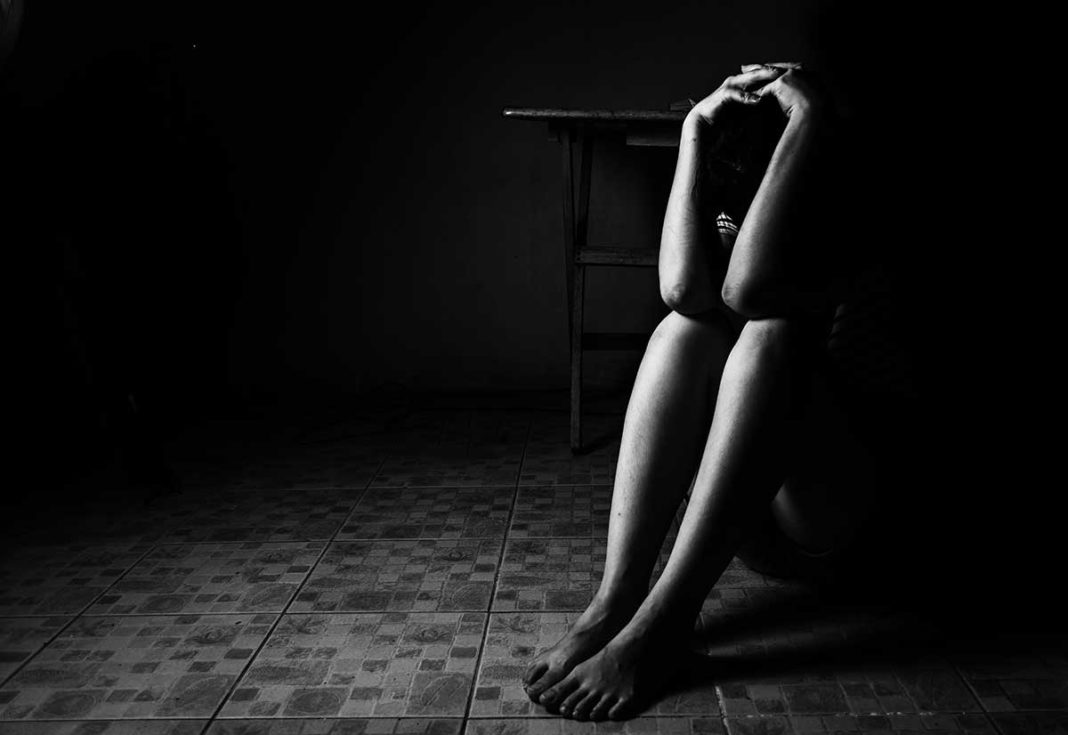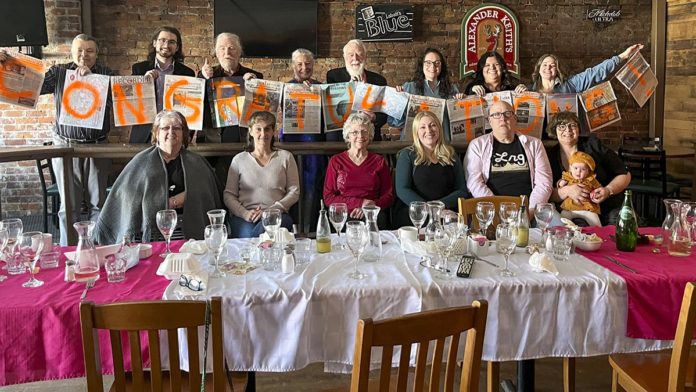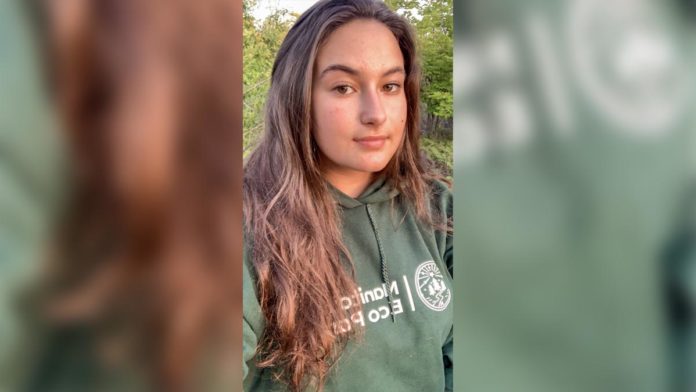MANITOULIN—One of the biggest myths and misconceptions that remains regarding human trafficking is that it doesn’t happen here on Manitoulin Island. ‘Myths and misconceptions’ was the theme of a virtual event hosted by Manitoulin North Shore Victim Services (MNSVS) to raise awareness on the issue.
“I would say there’s a few major myths and misconceptions,” said Jessica Summers, victim support specialist with MNSVS. “For example, how it happens is different from what people think. Who it happens to is another misconception.”
“It does not always involve foreign nationals being brought into Canada,” said Ashley Franssen-Tingley, director of stakeholder relations with the Canadian Centre to End Human Trafficking, a presenter at the virtual event.
“It is not just a big city problem. It’s also happening in medium-sized cities and in rural areas. Regardless of what the movies might show, sex trafficking does not usually start with a kidnapping. Traffickers are looking to target people they know.”
Victims are recruited through fake job ads, on social media, in school and through peer recruitment. Youth exiting foster care, who live in shelters or who have found themselves in the court system are often targets. Human traffickers target the most vulnerable people. The majority of victims are between the ages of 12 and 21 years.
Prior to the exploitation, there is usually some sort of intimate relationship between the trafficker and the victim, she said. The victim might experience a trauma bond with their traffickers that makes it hard to leave.
Trafficked persons are not necessarily held against their will and thus unable to leave the situation. It often looks like they have free will and freedom of movement. They are not often confined, but they do want or need help to get out.
“Successful exiting happens when people are ready to leave the situation,” Ms. Franssen-Tingley said. “We need to meet them where they’re at. Why is it so difficult for community members to identify this crime? A lot of victims don’t actually know that what’s happening to them is a crime.”
Traffickers may threaten victims, or their family, friends or even pets with harm. They don’t know where to go for help, or they’re worried they may go to jail, she added. “Victims can be afraid of the stigma of coming forward and what that might look like in the community, or they maybe just want to put it behind them and move on without going through the criminal justice system.”
Another misconception is that it’s only women and girls that are being targeted for sex trafficking. Transgender and gender diverse individuals are also at an increased risk for being targeting.
That’s backed up with data gathered by the Canadian Centre or its partners, said James McLean, director, research and policy at the Centre, who reviewed three recent research initiatives.
Out of 415 identified cases of human trafficking, 95 percent of the victims were female. “That’s valuable to highlight, because it provides statistical evidence that human trafficking, particularly sex trafficking, needs to be understood as gender-based violence,” Mr. McLean said. The data also showed that transgender men and women and gender non-conforming people are also disproportionately represented in the numbers.
He noted it is important to acknowledge that human trafficking does not impact everyone the same. “We intuitively know traffickers prey on those who have been historically marginalized,” said Mr. McLean. “Anecdotal evidence shows that victims are more likely to come from Indigenous, black and 2SLGBTI and migrant communities.”
That hasn’t been born out in the data for number of reasons, he said. Institutional racism exists, as does transphobia and xenophobia. Many people in historically marginalized communities are reluctant to come forward and as a result, their cases are not being documented and are not showing up in the statistics. “They are becoming invisible.”
Victims are often invisible as they’re moved within regions and across the country on major highway systems. “People are not being moved around clandestinely. They’re being moved around in broad daylight,” he pointed out.
The Highway 401 corridor connects Windsor to Montreal. Highway 11 connects southern Ontario to Northern Ontario. The Trans-Canada Highway connects western Canada with eastern Canada, and various points within eastern Canada. There’s also Highway 2, which connects Red Deer, Edmonton and Calgary in Alberta. The Montreal airport is also a common starting point to transfer victims to sex markets in the west. Moving the victims helps traffickers evade law enforcement. It increases profit by introducing victims to different markets. This also makes it more difficult to seek help.
That leads to another misconception. Human trafficking does not need to involve movement or transportation: someone can be trafficked within their own home, or within the city they live in.
While the data is unclear about COVID-19’s impact on victimization rates, there have been more cases relative to 2020, beginning last February, said Mr. McLean. “It’s possible that greater awareness of the hotline (Canadian Human Trafficking Hotline, run by the Centre) has led more people to use it and that this counts for higher level of cases; it’s also possible the pandemic is playing a role here.” People have been more isolated due to the pandemic and are spending more time online, making them more vulnerable to being lured into human trafficking.
Manitoulin Island and the North Shore has seen an increase in human trafficking, based on anecdotal evidence, Ms. Summers told The Expositor. “People are being victimized through drug use, needing a place to stay, things like that.”
It is a misconception that human trafficking doesn’t happen on Manitoulin or the North Shore, but it does, Ms. Summers said. Presenter Patty Smith, detective constable with the Ontario Provincial Police, Manitoulin detachment, told attendees, “Sex trafficking is everywhere, including the Northeast region.”
“It’s happening but people aren’t realizing it’s happening, and the referrals aren’t coming in,” said Ms. Summers. “Raising community awareness remains key.”
MNSVS offers a variety of supports and services for victims of human trafficking, as do other agencies including Manitoulin Family Resources and Noojmowin Teg Health Centre.
For support for yourself, a loved one, a friend or community member, contact:
• Manitoulin North Shore Victim Services (705) 370-3378
• Manitoulin Family Resources (705) 377-5160 or toll-free 1-800-465-5788. There is also a dedicated text line at (705) 968-0499.
• Noojmowin Teg Health Centre (705) 368-2182
• Canadian Human Trafficking Hotline 1-833-900-1010. Service is available in 200+ available languages, including many Indigenous languages.
• In an emergency, always call 9-1-1.





